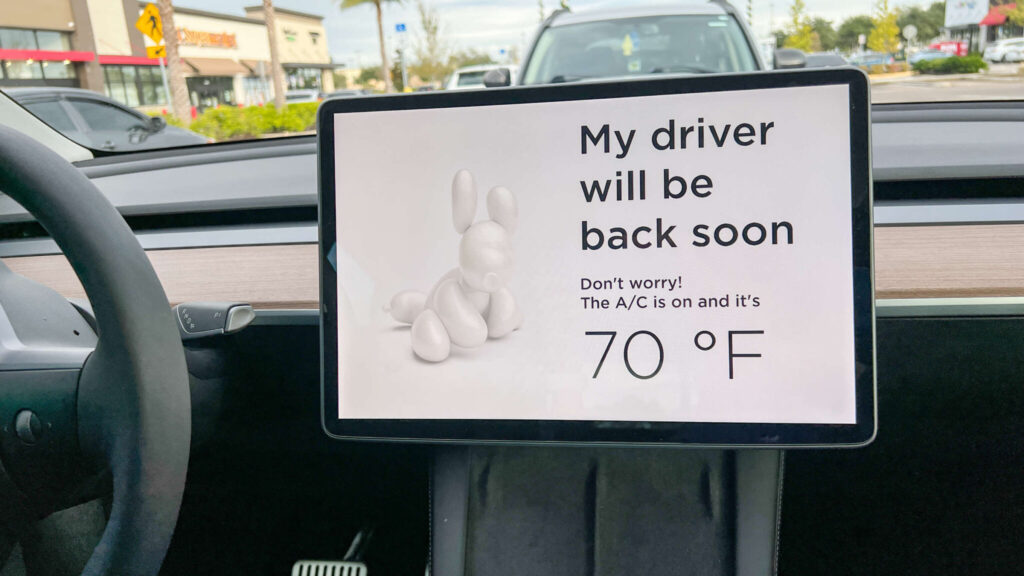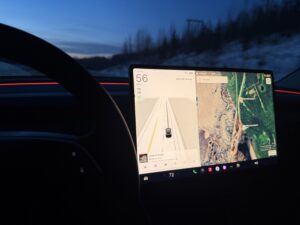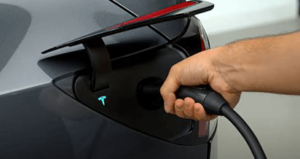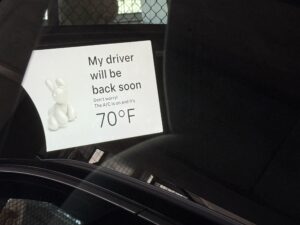
As a dog owner, musher, and someone who has spent the better part of three decades building a life around working dogs in Alaska, I take any tool that promises to keep my dogs safe very seriously. When Tesla first introduced Dog Mode on the Model Y, it sounded like one of those futuristic luxuries, something you’d show off in a parking lot to impress strangers. But living in Alaska, where temperatures can swing from 80°F in the summer to -30°F in the winter, I quickly realized Dog Mode is more than a gimmick. It’s a potential lifeline.
And now, with Tesla’s latest 2025 software updates, Dog Mode has been polished again. In this post, I’ll break down what changed, how it actually works in the real world, and the checklist I use before leaving one of my dogs inside, even for a few minutes.
What Dog Mode Is (and Why It Matters to People Like Me)
At its core, Dog Mode is a climate-control setting that maintains your Tesla’s cabin temperature at the setting you choose while the car is parked. On the screen, a big bold message appears:
“My driver will be back soon. Don’t worry, the A/C (or heat) is on.”
That message, plus the live display of cabin temperature, is there to reassure anyone walking by that your dog isn’t in danger. For me, that’s a game-changer. People in Alaska (and everywhere else) are rightly protective when they see a dog alone in a car. I’ve had notes left on my truck windshield before. Dog Mode gives peace of mind to strangers, and it lets me run a quick errand without worrying that a training day is about to turn into a crisis.
The Tesla app also allows me to check the interior temperature from anywhere. If things drift outside the safe zone, I get an alert.
The Latest Updates: Small Tweaks, Big Peace of Mind
Tesla’s August 2025 update (version 2025.32) added a few refinements that caught my attention:
You can now set a minimum temperature of 64°F for Dog Mode. That might sound minor, but if you’ve ever tried to balance battery efficiency with dog comfort, those minor adjustments matter.
Tesla also introduced a new Low Power Mode, which helps conserve battery when the car is parked and has limited charge remaining.
This comes after a rocky period in 2024 when software bugs briefly disrupted Dog Mode. I recall the online Tesla forums erupting with warnings to “check your version before leaving your dog inside.” That experience was a reminder: software isn’t static. You need to keep your car updated and never assume yesterday’s settings are still safe today.
How Much Battery Does Dog Mode Use?
Here’s the rule of thumb I’ve seen (and experienced myself):
Moderate weather: about 1–3% of battery per hour
Extreme heat or cold: expect higher draw, especially if you’re warming the cabin from below zero
In Alaska winters, a cold-soaked battery can make everything less efficient. My habit is to precondition the car while it’s plugged in at home, then let Dog Mode maintain comfort rather than try to build it from scratch. That simple shift saves a lot of energy.
My Checklist Before I Leave a Dog in Dog Mode
Over time, I’ve built a routine that helps me trust Dog Mode, but never blindly. Here’s my personal checklist:
Battery buffer: I don’t use Dog Mode unless I have at least 50% charge.
Visual check: I confirm the on-screen message is showing and the temperature is stable in the app.
Parking choice: I still look for shade in the summer and a windbreak in winter.
Backup alerts: I clip a small Bluetooth thermometer inside my dog’s crate. Two alert systems are better than one.
Crating: My dogs are used to crates, and it keeps them calm and secure if someone opens a door to “rescue” them.
Water: Spill-proof bowl, always.
Short errands only: Dog Mode is not an excuse to spend an hour shopping. It’s for quick stops.
Cold adjustments: In deep winter, I set a slightly warmer cabin temp to account for heat rising above where the crate sits.
When I Won’t Use It
Even with all that, there are days when I simply won’t rely on Dog Mode:
Hot, direct-sun summer days where cabin temps can spike if anything malfunctions
Sub-zero, high-wind nights when heat loss outpaces the system
Remote areas with poor cell coverage where I wouldn’t get alerts in time
Sometimes the safest choice is to bring the dog with me or skip the errand entirely.
Bigger Picture: What Dog Mode Means for Dog Owners
Dog Mode isn’t just about convenience; it reflects how modern carmakers are finally designing with dogs in mind. For someone like me, who builds entire training programs and leadership frameworks around working dogs, that matters. It signals that society is catching up to what many of us have always known: dogs aren’t just passengers; they’re partners.
The tech isn’t perfect. But each year, Tesla nudges Dog Mode a little closer to reliability. And for those of us navigating Alaska’s extremes, the combination of innovative tech and old-fashioned common sense can make errands safer for both us and our four-legged companions.
Bottom Line
Dog Mode won’t replace judgment, preparation, or good dog handling, but it’s a step in the right direction. My advice: keep your car updated, know your environment, and never assume that technology absolves you of responsibility. That’s not just true for Tesla, it’s true for leadership, adventure, and life.










